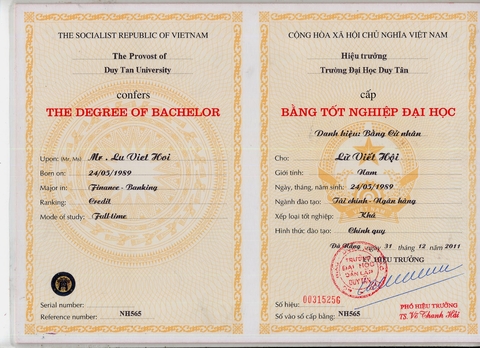
international baccalaureate singapore, Singapore international schools
Many schools still continue to follow conventional teaching methods in their classrooms. They emphasise the need to memorise facts and rote learning. The educators do not focus on experiential learning and the application of knowledge by the learners; instead, they teach through long lectures and direct instructions. It is more of a top-down approach where little attention is given to emotional and social development. Since the learners lack context, they do not enjoy the learning process.
International Baccalaureate Singapore Schools focus on “contextual and interactive teaching” rather than a traditional learning method. Contextual learning is built on a constructivist form of teaching, which is a theory that states that learners construct knowledge rather than just absorbing information passively.
Benefits of Contextual Learning for Students
Contextual learning is essential for learners as they can construct meaning and relate them to their own experiences. Contextual Learning (CL) is a system that connects academic content to a real-life context. Contextual learning is fundamental and beneficial because:
- It showcases problem-solving.
- It stresses the need for learning and teaching across multiple contexts – community, home, and work sites.
- It empowers students to take control of their learning and aids them in becoming independent learners.
- It provides students with an opportunity to connect their teachings with real-world experience.
- It helps pupils to work collaboratively in a team and learn from each other.
Increasing numbers of studies have shown that interests in maths, science, and language can develop and hone their skills dramatically when they are taught to make connections between acquired knowledge and their own experiences. When they can understand the context and connect their concepts to actual life instances and challenges, their commitment to schoolwork increases significantly.
Contextualised learning is a recognised concept that integrates the latest research in cognitive science. It also responds to the “behaviorist theories” that have controlled education globally for years. The contextual approach addresses the fact that “learning is an intricate and multidimensional process that transcends drill-oriented, stimulus-and-response procedures.
It is vital as it helps to strengthen short-term and long-term memory and apply the knowledge imbibed at their workplace later in life.
According to American philosopher David Lee Hull, “contextual learning theory states that learning takes place only when students process new knowledge or information in a manner that makes sense to them. It essentially means that the students should be able to draw real-life parallels to understand new teachings effectively. He further adds that “teaching and learning assume that the mind logically searches for meaning in context and does so by probing for relationships that appear helpful and make sense.
Educators must be innovative while designing learning environments so students can easily relate them to real life. This setting allows students to find connections between unrealistic ideas and daily submissions in a real-world context. Pedagogy and curriculum based on contextual learning should comprise five primary forms of learning: To relate, to experience, to apply, to cooperate, and to transfer (REACT).
Relating is essential to aid students in linking their experiences with new information and knowledge. Teachers leveraging this strategy need to connect new perceptions with something the students associate with and find.
Experiencing is learning through exploration and experiencing things. This experiential learning occurs when students are given materials, equipment, and the right resources to research actively.
Cooperating gets students to work with one another and work collaboratively towards achieving a common goal. Students who work in silos do not progress as much as those working in groups. Working in groups empowers students to solve complicated problems with very little assistance. Later in life, this group experience will allow them to thrive at their workplace, communicate effectively, and work efficiently in a team.
Transferring builds on students’ previous knowledge. In this stage, the educators help students to use what they have learned and apply it to new contexts and situations. For instance, to check if a student has understood the concept of a slope of a line, the teacher can show them a picture of an old car and make them apply themselves by asking this:
The price of this car was $35,000 in 2010, and it was $25,000 in 2016. When will we be able to buy this car for $5,000? This activity will allow students to transfer their existing knowledge about depreciation to understand an entirely new concept.
To conclude
Contextual learning in Singapore international schools does not only require new tools. It encompasses new teaching strategies where they can apply the concept of REACT to their daily lessons. The students can then relate what is being taught in the classroom to the real-world context, experience new knowledge, apply the latest learned concepts to real-world situations, solve problems by communicating with one another and transfer the acquired knowledge to a possible future experience.
For more blogs click here.



